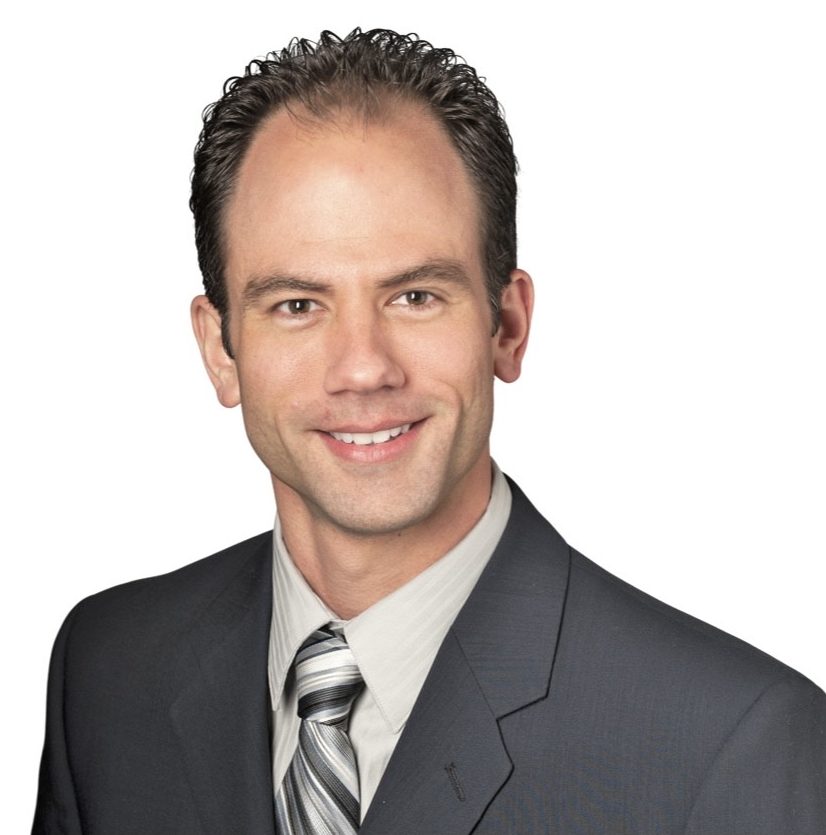A good resume can generate exciting interviews for your next career stage. But develop yours carefully; otherwise, it may connect you to the wrong job opportunities, or none. To write the best resume, you’ll need to define your job search goal and then build sections that speak to that goal. In addition, provide the basic career information required for any resume to compete in today’s job search.
The guide below will show you how to draft and focus your resume so it helps you secure your next job.
Steps for Building an Effective Resume
1. Clarify your goals
If you’re at all unsure about your target job duties, take some time to clarify and write them down. Also, jot down any preferences you have for industry, employer size, or work environment. The more you know your job search goals up front, the easier it’ll be to focus and optimize your resume.
2. Cover basic details
At the top of your resume, give your full name and contact details using this template:
Firstname Lastname
phone number | email address | City, ST 09876 | LinkedIn
Double-check your phone number and email address for accuracy – they’re as important as anything else on your resume.
Then, create a basic outline of your recent career by listing your job titles, employers, locations, and start and end dates. Follow this template to organize your information for each job:
Job Title, Employer, City, ST | work dates
Take your work history back at least as many years as your target job requires. For example, if the job posting calls for seven years of experience, create your outline going back to at least around 2018. You can detail previous jobs too, but don’t go back further than 10 or 15 years to avoid age discrimination. (If your early work history is still important, you can summarize it in a prior experience section omitting work dates.)
On a modern resume, your contact details and work outline are the only information that’s “required,” or expected by virtually every recruiter and hiring manager. All other details are optional based on their relevance to your target job (even advanced college degrees in rare cases). Keep this principle in mind whenever you work on your resume, and you’ll find it easier to set and maintain the right focus.
3. Filter your work information
Now that you’ve set a foundation of required details, you can build the next layer of your resume. To do so effectively, you’ll need to take a step back and think a little more creatively first.
For each job in your recent work history, brainstorm your (possibly various) duties and achievements on a separate document or sheet of paper. Don’t worry whether every duty or achievement belongs on your resume – just get it all down.
Then, review each detail in light of your target job. Does it overlap somehow? In other words, does it help show you have the skills to succeed in the role you’re after? If yes, incorporate that duty or achievement as a bullet point under the respective job description. If not, leave it off your resume.
By filtering your information this way, you can create an experience section focused on your goals. The process also helps you know the right amount of information to give on each past job. You may only have a brief overview of any unrelated jobs (even ones you held for years) and a detailed account of any highly related jobs (even those you held only briefly). Far from being misleading, this approach gives hiring managers the clearest measure of your background relevant to the role they hope to fill.
4. Draft your other resume sections
For many job seekers, education is the other main resume area to cover. Provide your relevant degree titles, school names, locations (or online), and optionally your graduation dates. Template:
Degree Title, School, City, ST | graduation year
Then, follow the same process you used to flesh out your job descriptions. Brainstorm details about each degree, and include any that relate strongly to your target job. Expanding your education section can be useful if you have limited work experience. Say you haven’t used an important software program at work but learned it through one of your academic projects. By adding that detail, you can assure hiring managers you have the required proficiency.
Other common sections to consider for your resume include:
- Certifications
- Languages
- Publications
- Training
Again, only include sections and details that pertain to your target job. When you leave out unnecessary information, you have more space to describe the skills and expertise you’ll bring to the job opening.
5. Write an introductory section
Finalize your resume by adding an introduction. Typically, this section appears below your contact information header and includes a brief summary paragraph and skills list. Most job seekers find it easier to write this part last, since creating other resume sections gives them a new perspective on how they want to introduce themselves to employers. For more help writing your resume intro, see:
- How To List Skills in Your Resume Skills Section (and List of Key Skills for Resume)
- How To Write a Resume Summary (With Examples)
Sample Resume Template
Fill in the template fields below to start building an effective resume for your job search:
Firstname Lastname
phone number | email address | City, ST 09876 | LinkedIn
Brief paragraph with three to five main reasons you’re qualified for your target job.
Key Skills
Key skill | Key skill | Key skill | Key skill | Key skill
Professional Experience
Job Title, Employer, City, ST | work dates
- Relevant duty or achievement
- Relevant duty or achievement
- Relevant duty or achievement
Job Title, Employer, City, ST | work dates
- Relevant duty or achievement
- Relevant duty or achievement
- Relevant duty or achievement
Job Title, Employer, City, ST | work dates
- Relevant duty or achievement
- Relevant duty or achievement
Prior Experience
Summary of any relevant early jobs.
Education
Degree Title, School, City, ST | graduation year
Professional Development
Certification Title, Issuing Organization | date
Here’s a resume example to get you started:
Marketing Manager Resume Example
John Doe
(555) 123-4567 | [email protected] | New York, NY | linkedin.com/in/johndoe
Summary
Marketing Manager with 8+ years of experience in digital advertising, brand messaging, and campaign strategy. Proven track record of launching multi-channel campaigns that drive engagement and revenue growth. Adept at leading cross-functional teams to create compelling brand experiences.
Key Skills
- Digital Marketing Strategy
- Social Media Advertising (Google Ads, Facebook Ads)
- SEO & Content Marketing
- Email Marketing & Automation
- Campaign Performance Analysis
Professional Experience
Marketing Manager – XYZ Corporation | June 2019 – Present
- Led a team of five marketers in developing multi-platform campaigns, increasing customer engagement by 30%.
- Designed and executed a content marketing strategy that resulted in a 50% increase in organic website traffic.
- Managed a $500K annual budget, optimizing ad spend to achieve a 4:1 return on investment.
Digital Marketing Specialist – ABC Agency | March 2016 – May 2019
- Developed social media advertising strategies, improving click-through rates by 25%.
- Conducted market research and audience segmentation to optimize brand messaging.
Education
Bachelor’s Degree in Marketing – University of XYZ | 2015
Certifications
- Google Digital Marketing & E-commerce Certificate | 2022
- HubSpot Content Marketing Certification | 2021
Frequently Asked Questions About Building a Strong Resume
The essential sections every resume should have are:
- Contact Information (Name, phone, email, LinkedIn)
- Summary or Objective Statement (optional but useful)
- Key Skills (tailored to the job you're applying for)
- Work Experience (job titles, employers, dates, and bullet points with achievements)
- Education (degree, school, and graduation year)
Other sections like certifications, languages, or training should be included if relevant to your target job.
For most professionals, a one-page resume is ideal if you have less than 10 years of experience, while a two-page resume is acceptable for those with extensive experience or technical roles requiring a detailed skills list.
Read the job description carefully and identify key skills and qualifications. Adjust your summary, skills section, and work experience bullet points to match the language used in the job posting, ensuring your resume passes Applicant Tracking Systems (ATS).
Yes, using a template can help maintain a clean and professional format. Just ensure it is ATS-friendly, meaning it avoids excessive graphics, tables, or unconventional layouts that could cause parsing errors.
Use a results-driven approach:
Formula: Action Verb + Task + Impact/Result
Example: "Led a cross-functional team to streamline project workflows, reducing delivery time by 20%."
No, references should be listed on a separate document and provided only when requested. Including "References available upon request" is also unnecessary.
Even if you're not job searching, update your resume every six months to include recent accomplishments, new skills, and certifications.
Those wanting to write a strong resume should consider the 3 F's when crafting their resume to capture a hiring manager's attention. The 3 F's of resume writing are:
- Formatting: Ensure a clean, consistent layout that is easy to skim and ATS-friendly by using clear headings, bullet points, and a readable font.
- Fidelity: Present accurate, truthful information about your experience, skills, and achievements; avoid exaggeration or misinformation.
- Focus: Tailor your resume content to the specific job description by emphasizing the most relevant skills and accomplishments that align with the role.
Resume Templates offers free, HR approved resume templates to help you create a professional resume in minutes. Choose from several template options and even pre-populate a resume from your profile.

